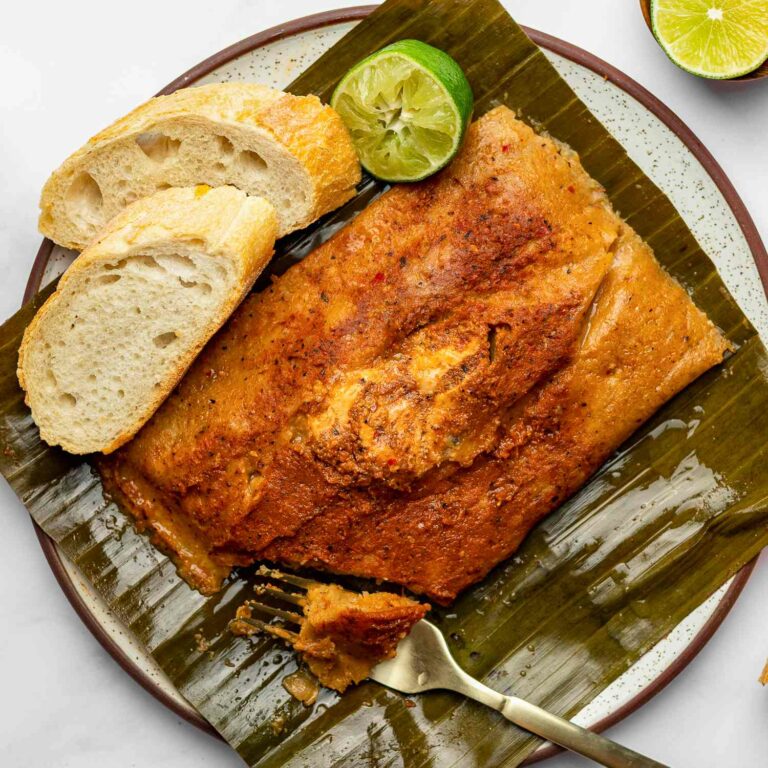Introduction: Guatemalan cuisine and its roots
Guatemalan cuisine is a reflection of the country’s rich cultural heritage. It is a fusion of Mayan, Spanish, African, Caribbean, Asian, and Middle Eastern influences. The food is known for its bold flavors, use of spices, and use of locally sourced ingredients such as corn, beans, chilies, and herbs. Guatemalan cuisine is diverse, with each region having its own unique dishes.
Pre-Columbian influence on Guatemalan cuisine
The Mayan civilization had a significant influence on Guatemalan cuisine. The Mayans were skilled farmers who cultivated crops such as corn, beans, squash, and chilies. These crops formed the basis of the Guatemalan diet, and many traditional Mayan dishes are still enjoyed today. For example, tamales, a dish made from corn dough filled with meat, cheese, or vegetables, wrapped in banana leaves, and steamed, is a popular Mayan dish that is still enjoyed today.
Spanish colonization and its impact on Guatemalan cuisine
When the Spanish arrived in Guatemala in the 16th century, they brought with them new ingredients and cooking techniques. They introduced wheat, rice, and livestock such as cattle, pigs, and chickens. The Spanish also introduced new methods of cooking such as frying and baking. These new ingredients and techniques were integrated into Mayan cuisine, creating a new fusion of flavors. For example, chiles rellenos, a dish made from stuffed peppers, is a fusion of Spanish and Mayan cuisine.
African and Caribbean influence on Guatemalan cuisine
Africans were brought to Guatemala as slaves during the colonial period. They brought with them their own culinary traditions, which were then integrated into Guatemalan cuisine. For example, tapado, a seafood stew made with coconut milk, is a dish with African and Caribbean influences. Other African and Caribbean dishes that are popular in Guatemala include rice and beans, chicken stew, and plantain dishes.
Asian and Middle Eastern influence on Guatemalan cuisine
Chinese immigrants arrived in Guatemala in the late 1800s, and they brought with them their own culinary traditions. Chinese cuisine became popular in Guatemala, and it was integrated into the local cuisine. For example, chow mein, a noodle dish, is a popular Chinese-Guatemalan fusion dish. Middle Eastern immigrants also arrived in Guatemala in the early 1900s, and they brought with them their own culinary traditions. Dishes such as falafel and hummus are popular in Guatemala today.
Conclusion: The diverse origins of Guatemalan cuisine
Guatemalan cuisine is a reflection of the country’s diverse cultural heritage. The food is a fusion of Mayan, Spanish, African, Caribbean, Asian, and Middle Eastern influences. The result is a cuisine that is bold, flavorful, and unique. Guatemalan cuisine is an important part of the country’s cultural identity, and it continues to evolve as new ingredients and culinary traditions are introduced.

